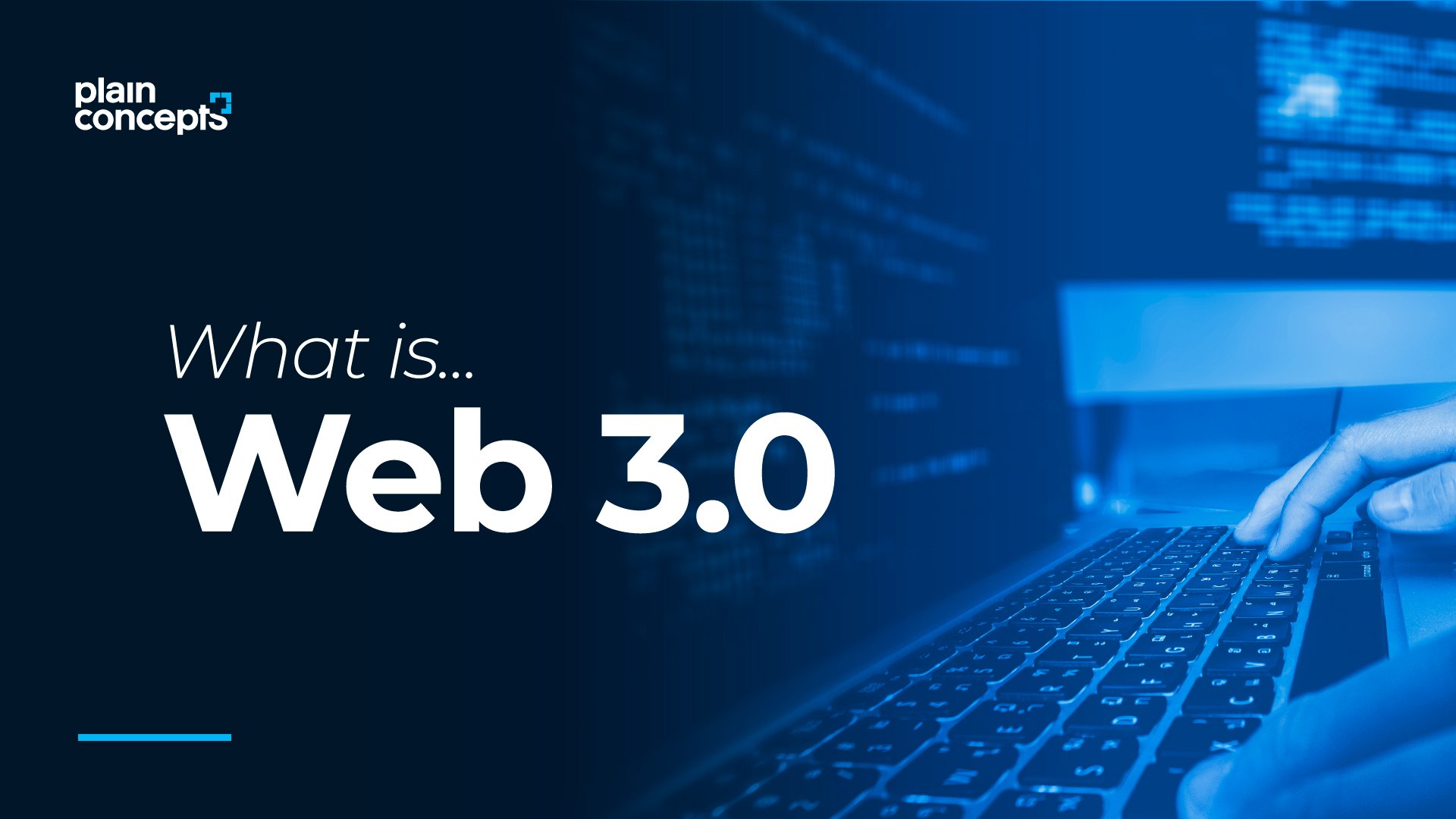
Government officials, both bureaucratic and elected, are increasingly making their ideological bankruptcy apparent through a series of policy moves and statements that condone the wholesale erosion of public welfare as enshrined in the Constitution of India — advocating the withdrawal of the State from key functions. It’s an indication that India’s policymakers, with BJP and its technocrats at the helm, do not have a solution to the country’s poverty and welfare crises.
The focus in this essay will be policy, not scams; the critique is not simply ideological. The enrichment of private corporations through disinvestment, subsidising private corporations in profit-making ventures, and economic planning to serve private interests are the hallmark of this government’s policy.
Let’s start with infrastructure. NITI Aayog CEO Amitabh Kant recently announced at a summit organised by FICCI that government entities should “exit from the operation and maintenance of infrastructure projects”. Kant was also in favour of disinvesting Air India and a Rs 35,000 crore debt write-off, instead of arguing for recovery of bad public sector debt from tycoons such as Vijay Mallya as a more appropriate means.
Nitin Gadkari, roadways and transport minister, said the reason projects are delayed is not ministers but “the system and the bureaucracy”.
But both refuse to take into account the fact that public-conducted infrastructure projects tend to complete on time as compared to public private partnership (PPP) or any other form of private contracting. A classic example is the fact that segments of the Delhi Metro which were entirely public built and supervised were finished ahead of time, while the PPP-based segments were delayed. State highways in places like Uttar Pradesh are a classic case of PPPs gone wrong, of course only till elections near. The government as a client is often the worst recipient of customer service from contractors. Furthermore, by giving up on operations and maintenance, the government gives up a crucial source of revenue (tolls), while providing windfall deals to building and toll contractors.

Prisons in the US and Australia have been privatised, but we must resist such a move. Reuters representational image
Kant also stated, “There is no need for jails, schools, and colleges to be run in the government sector… At least, experience of many countries like Canada and Australia shows that the private sector is capable of doing very good work in creation of quality infrastructure over a long period of time in social sector.”
But this discourse ignores some key matters. Prison-industrial complexes are on the rise in countries such as the US and Australia, where state and federal jails are run by private corporations and security agencies, where prisoners are used as unpaid and underpaid labour onsite for various profit-making ventures (which nearly always draw excess profits due to various forms of subsidisation, namely the underpaid labour and state funds for upkeep per prisoner).
Further, security/prison firms in these countries have become notorious for corrupt judges, police and politicians, to enable harsher arbitrary sentencing across the board for all crimes of accused, suspects and convicts, as well as the trigger-happy tendencies of maximum sentencing and premature establishment of guilt, all in order to provide cheap manpower for the prison sweatshops — with data revealing huge discrimination against weaker sections of society, such as the poor, persons of colour and religious minorities.
In India, a similar move would likely amount to disproportionate sentencing by the judiciary, discriminatory profiling, as well as rigged investigations by the police against religious minorities, backward communities and poorer segments of society.
Regarding higher education (colleges and universities), what is conveniently left out is the fact that the most prestigious higher education institutes are in the public sector, or in some major way, government-aided: The IITs, IIMs, IIMC, NID, Jawaharlal Nehru University, Delhi University, Jadavpur University, the National Law Universities, etc. Private higher education in India is hardly capable of providing top-quality education at par with any of these institutes listed, anytime soon, at a cost affordable to most aspirants — which is why seats in private institutes go vacant despite there being a larger and larger chunk of Class XII students who pass out of school annually. In the higher education sector, expansion of affordable, State-subsidised and supervised education is the only way to make up the shortfall — rather than a monopoly of for-profit educational enterprises.
Private schooling tends to thrive in urban and suburban areas, and in those rural areas where government schooling was once successful. One is far less likely to run into a private school in a basti in the rural interior (especially those without electricity, piped water, gas connections and shops) than a dilapidated one run by the government or an NGO. In short, private schools would not venture in an area that does not already have a high demand or a government school with high enrollment to outcompete. When it comes to urban and suburban areas, barring the Kendriya Vidyalayas, private education from excellent to shoddy is predominant, both in terms of success and quantity, with an emphasis on English medium (especially in North India). However, most private schools are only marginally better than the average government school, with the latter being the sole option for the extremely poor and nobody’s first option.
Further, no amount of demand can lead to enough good private schools in cities like Delhi which can fit the children of Delhi’s elite, forget the middle-class. The problem here is not lack of investment alone — one finds branches of well-known schools imparting not-so-good education compared to the main branches — but lack of well-trained teachers, and poor pay scales. Either way, disinvestment does not solve the country’s education crisis.
A parallel proposal by the government aims at “location-specific mergers of nearly 260,000 small government schools”. As reported in LiveMint, the government is looking at “location-specific mergers of 260,000 schools to utilise resources”.
“In draft guidelines now available for public comments on the Union human resource development ministry’s website, the government says it is time for a ‘re-look at the expansion of schooling facilities made in previous years and call for a nationwide consolidation of schools’. The move, the ministry believes, will reallocate staff and other resources from schools where they are in excess to the schools where they are needed. It will consolidate the resources in the ‘best interest of the child’ and minimize under-utilization and wastage. States are now increasingly realizing that surplus schools, in excess of neighbourhood requirement, have somehow been established which are adversely affecting the provisioning of resources, teaching learning process, monitoring and supervision,’ say the draft guidelines,” the report said.
A country like India does not have impeccable literacy, or school-passing or graduation credentials to justify putting a brake on expansion and focusing on what is touted as a “collective effort undertaken to promote access to schools, to expedite the resourcing of schools, to improve the quality of education, and to ensure the retention of children in schools”.
Say there are four understaffed schools in four villages with five teachers each, which are then clubbed into one school with 20 teachers. It would limit access to schools for some villages, and would also potentially increase the distance a student has to travel to reach his/her school, in some cases by several kilometres, in the absence of school buses. And most of all, the plan does not take into account caste factors, for designated villages are in fact clusters of caste-based bastis in rural areas. Mergers of schools into one located in a single basti where social pressure backed with threats would either deny access to lower caste students if located in an upper caste basti, or lead to boycott of school by upper caste students if in a lower caste basti.
For instance, in Rajasthan, where tensions and disputes frequently flare up between Meos, Rajputs, Ahirs, Gujjars, Meenas and Jats, if the plan were implemented, would be a classic example of good intentions gone wrong. The ideal must be accessible to everybody.
The same report states that:
As per the draft guidelines, as of 2015-16, at least 187,006 primary schools (Class I-V) and 62,988 upper primary (Class VI-VIII) schools were running with fewer than 30 students. Besides, 7,166 schools had zero enrolment. It says some 87,000 schools have a single teacher.
If we link this with what Amitabh Kant said about disinvesting schools and colleges, one can easily see that the purpose of these “mergers” is not efficiency or quality, but to consolidate government assets that could viably be handed over to the private sector in a form most profitable to the latter — basically rearranging dishes on a silver platter. Assets which yield low potential profits or are in areas with low operative demand are seen as not profitable enough ventures to be of use to the future owners – the private sector.
Another potential beneficiary could be Vidya Bharti, the RSS-run, single largest chain of schools in the country — with each buyer receiving pre-packaged ready-to-operate schools with resources higher than when under government ownership.
Another report states:
The Centre told the Rajya Sabha… that over 37 percent of schools did not have electricity connections till March 2017. While only 62.81 percent schools in the country have electricity connections, Jharkhand is at the bottom of the list with just 19 percent. Delhi, along with Chandigarh, Dadra and Nagar Haveli, Daman and Diu, Lakshadweep and Puducherry top the list with 100 percent of their schools having access to electricity.
Some of the states with poor access to electricity are Assam (25 percent) and Meghalaya (28.54 percent). Others in the list include Bihar (37.78 percent), Madhya Pradesh (28.80 percent), Manipur (39.27 percent), Odisha (33.03 percent) and Tripura (29.77 percent).
In short, these are schools the private sector would not be interested in acquiring. After all, for the private sector, education is a business, not a charity. The case is no better in BJP-ruled states. The Yogi Adityanath government in Uttar Pradesh favoured huge slashes in the education budget, as reported by PTI:
In the 2016-17 budget presented by the erstwhile Akhilesh Yadav government, a provision of Rs 9,990 crore was made for secondary education, which has come down to only Rs 576 crore in the Yogi Adityanath government, a reduction of Rs 9,414 crore. The higher education sector also saw a significant cut. Last year’s budget had a provision of Rs 2,742 crore, while this year it was Rs 272.77 crore, marking a shortfall of Rs Rs 2,469.73 crore. Basic education, however, saw a rise in fund allocation of Rs 5,867 crore from last year’s Rs 15,632 crore to Rs 21,499 crore now.
The thinly garbed “libertarian” lobby, with a discourse that says the government has “no business running infrastructure projects, jails, schools and colleges”, ends up perpetuating and propagating crony capitalism rather than free market. And there are many backers. A report in The Indian Express quotes economist and member of NITI Aayog Bibek Debroy as asserting that:
In ancient times, the king had only limited responsibility of defence, internal security and ensuring the rule of the law, while everything else was done by the community. Unfortunately, because of the British legacy and what happened after 1947 as a citizen, we have become pampered and continuously look towards the government to do this and that. The government and the different levels of the government cannot solve the problem of India. The country’s problems can be solved by its community.
The important question here is, what community? Would it mean a set of profit-making private sector conglomerates, or does it imply that NGOs shoulder all the burden? Ladies and gentlemen, we are back to supply-side, profit-driven, trickle-down economics where community means the anarchy of the free market — and where access to key sectors like healthcare, education, electricity and water is a privilege, not a right.
Ultimately, it appears the NITI Aayog exists simply to plan how to hand over key public assets (including those pertaining to welfare) on a silver platter to the private sector, and to plan how to subsidise private investment — all in the interests of not the country or the citizenry, but of the private sector.
That the BJP has no other economic priorities comes out from the fact that an Association for Democratic Reforms (ADR) report that states 99 percent of campaign donations with undisclosed PAN details and addresses to political parties, went to the BJP, and that Rs 705.81 crore of a total Rs 956.77 crore of donations to major political parties by corporations went to the BJP between 2012-2013 and 2015-16. The major donor to every party was not a corporation per se, but the Satya Electoral Trust, which in turn also funnels corporate donations to parties — and is a little-investigated entity, despite being the biggest proto-lobbyist in the country. These electoral trusts (others include General Electoral Trust, Triumph Electoral Trust, Samaj Electoral Trust, Janpragati Electoral Trust and Progressive Electoral Trust) are the Indian equivalent of the SuperPACs (Super Political Action Committees) which can funnel unlimited contributions beyond the legal limit of individual donors. It would be difficult to imagine mammoth donors here not having a subsequent say in policymaking — or as one would say, a “return on their investment”.
Further, it was the BJP itself, which through the Finance Bill, gave full power to the Income Tax department to persecute, trespass and seize properties and assets of ordinary citizens indefinitely without accountability — a very Emergency-like move, only economic — while giving full privacy to billionaire mega-donors and corporations to donate unlimited money into politics.
A Lokniti CSDS survey reported in LiveMint, shows that BJP supporters are about as liberal or conservative as the average Indian youth on issues such as perceiving an increase in intolerance, on Muslims being falsely implicated in cases, on the death penalty and on maintaining partriarchy. It shows that India’s youth is more liberal on many issues than it was a decade ago, such as reservation, inter-religious marriage, alcohol and pre-marital dating, and that employment, healthcare and general economic anxiety were the foremost issues that worry the youth.
This tells us that a huge factor in the overwhelming support PM Narendra Modi and the BJP saw in the 2014 elections was the promise of a higher standard of living as presented by the ‘Achhe Din’ slogan. The fact that the goods promised are nowhere in sight even after three years shows the hollowness of glitzy “development” agendas sold during elections without details.
Perhaps what is most shocking about these revelations is that there is nearly no public outcry — not from citizens’ groups, not from the media, nor from opposition parties, not from the Left (who keep forgetting that economy is a crucial tenet of Marxism), nor from young JNU media warriors (who were busy complaining about the informal proposal to install a tank on campus). Most importantly, when did economic issues stop being central to any political party’s discourse? The welfarism in our Constitution and the “Socialism” in our Constitution’s Preamble are being eroded with not even token dissent.
The divergence between PR rhetoric and actual economic policy has reached a breaking point — the government must either move a constitutional amendment to be able to honestly enact what it seeks to enact, or the finance and HRD ministers and related economic policymakers and propagandists must resign along with the dissolution of the NITI Aayog for the morally fraudulent purpose it serves.
If the government “has no business running schools, colleges and jails” today, it may tomorrow claim it has no business ensuring cheap hospitalisation, gas, water and electricity for the people. It may even conceivably claim it has no business maintaining law and order, or cheap food prices, or doing anything in the interests of the people whatsoever.
What “nation” will the BJP have left to pretend to be patriotic towards, if it sells it all out? India is meant to be a country of, for and by the people, not one of, for a by corporate cronyism.
The author is a PhD Scholar in Modern and Contemporary History at the Centre for Historical Studies, Jawaharlal Nehru University.
[“Source-firstpost.”]





